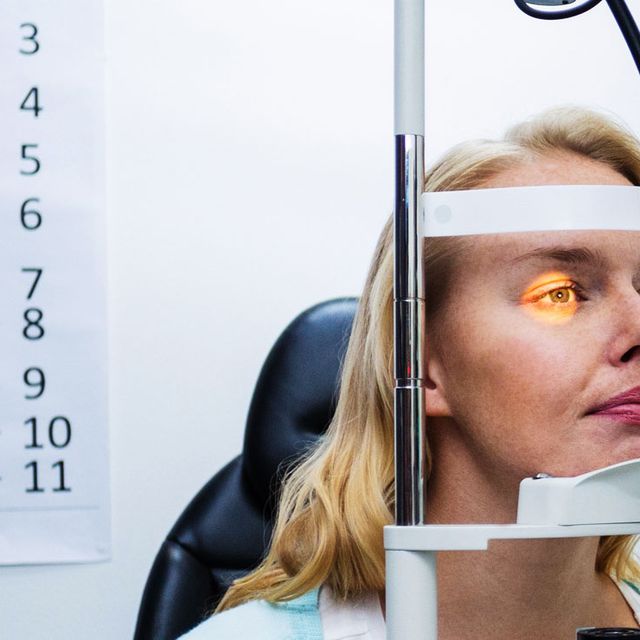
Blog

Many people with glaucoma do not even know they have it due to the variety of symptoms that come with it. As glaucoma presents differently for individuals, identifying early symptoms is critical, so you need to visit your eye doctor regularly. Your doctor will be able to tell you if you are at risk of glaucoma or if it happens to be in the early stages.
Symptoms of Normal-Tension Glaucoma
Normal-tension glaucoma can be tricky to diagnose early as it is low-pressure glaucoma. Spotting symptoms can be difficult on your own, so an eye doctor needs to check regularly for this if you are at risk.
In later stages, you may see blind spots in your field of vision. These blind spots are due to vision loss and must be reported to your doctor. After diagnosis, it is possible to prevent further damage, but nothing can undo existing damage.
Symptoms of Angle-Closure Glaucoma
Angle-closure glaucoma is the result of a blockage between the cornea and iris that causes eye pressure to increase. Early signs include blurry vision, halos, mild headaches, and mild eye pain. Some symptoms can also come on suddenly and include rainbow auras, nausea, vomiting, and sight loss.
Sudden symptoms require immediate medical assistance because, without quick treatment, damage to the optic nerve is almost guaranteed. If you experience any early signs, make an appointment, and mention it to your eye doctor.
Symptoms of Open-Angle Glaucoma
Open-angle glaucoma happens gradually and eventually affects your peripheral vision. In more advanced cases, you can develop tunnel vision.
Your eye’s drainage system gets clogged, resulting in raised eye pressure. The pressure affects the optic nerve and causes vision loss. You cannot reverse the loss, but you and your doctor can take steps to protect the vision you have.
Symptoms of Pigmentary Dispersion Syndrome
Pigmentary dispersion syndrome, or PDS, results from your eye pigment rubbing off and clogging eye drainage. Pressure rises, and you may experience halos, auras, and possibly blurry vision. These signs are more likely to occur after physical exertion.
It is important to note that myopic or nearsighted individuals are more at risk of developing PDS. If you see any of these signs or symptoms, be sure to tell your doctor and make an appointment to verify a diagnosis.
Symptoms of Rare Glaucoma Types
Rare compared to other types of glaucoma, neovascular glaucoma occurs as new blood vessels form between the iris and cornea. People with diabetes are more at risk, and retinal vein blockage is likely. In the beginning, you will see eye redness, feel mild to moderate eye pain, and decreased vision.
Also unusual, the iridocorneal endothelial syndrome is a form of glaucoma where cells from the cornea block eye drainage resulting in high pressure. You may experience hazy vision upon waking, halos, and eye pain.
Your vision is essential, so do not wait until you experience signs and symptoms of glaucoma. Visit Super Optical Express in Gainesville, Florida, or contact us at 352-702-9700 to set up an appointment today.



